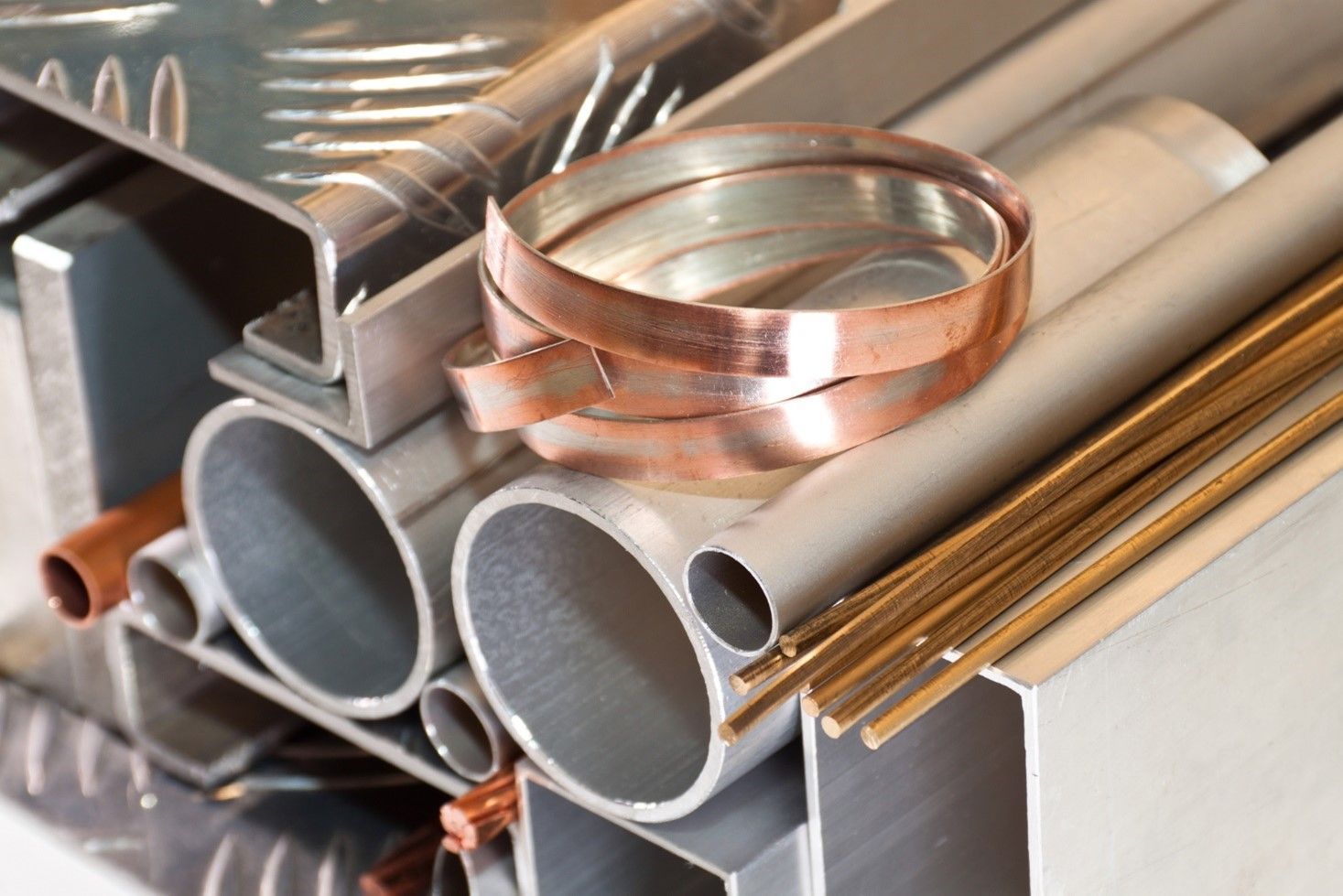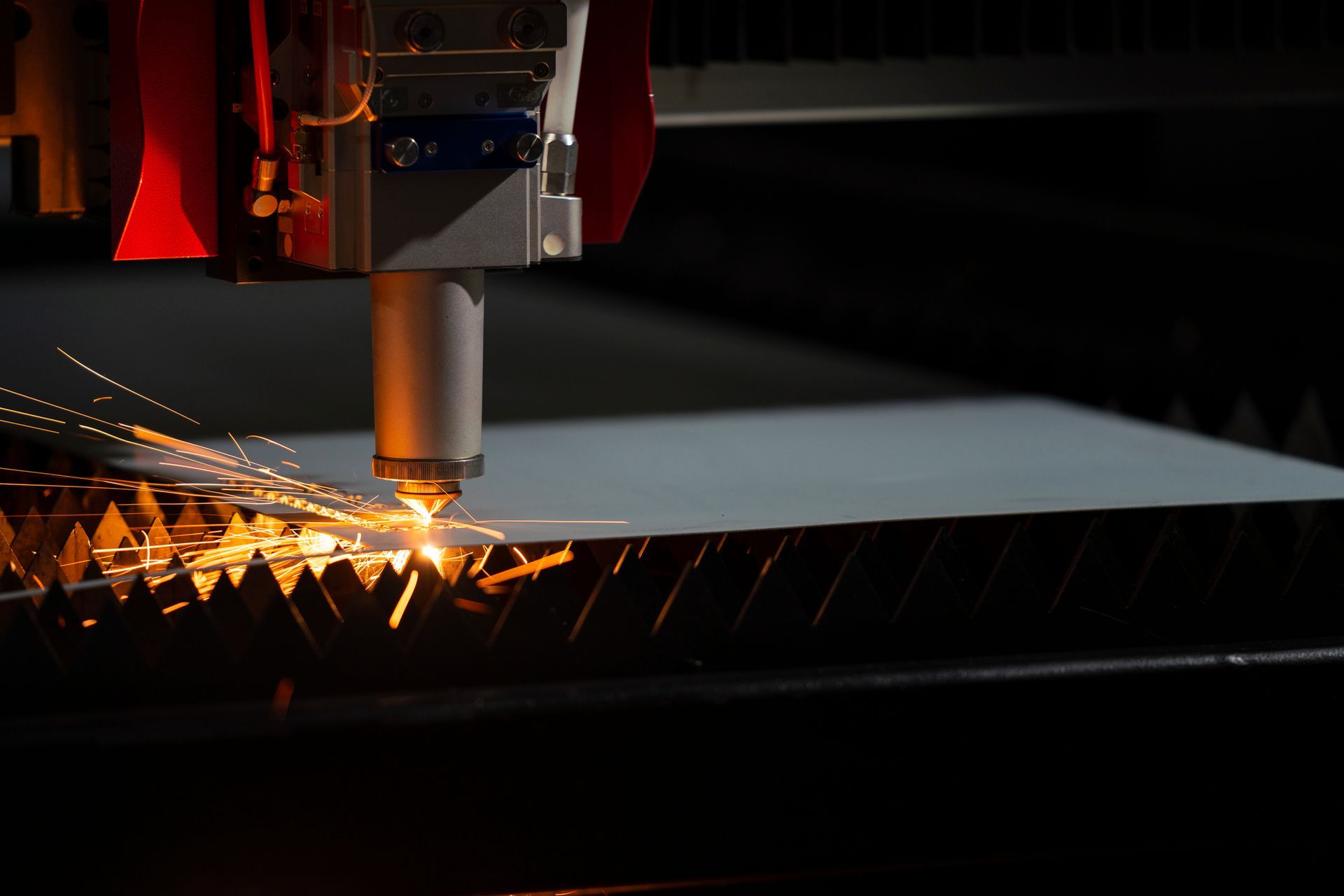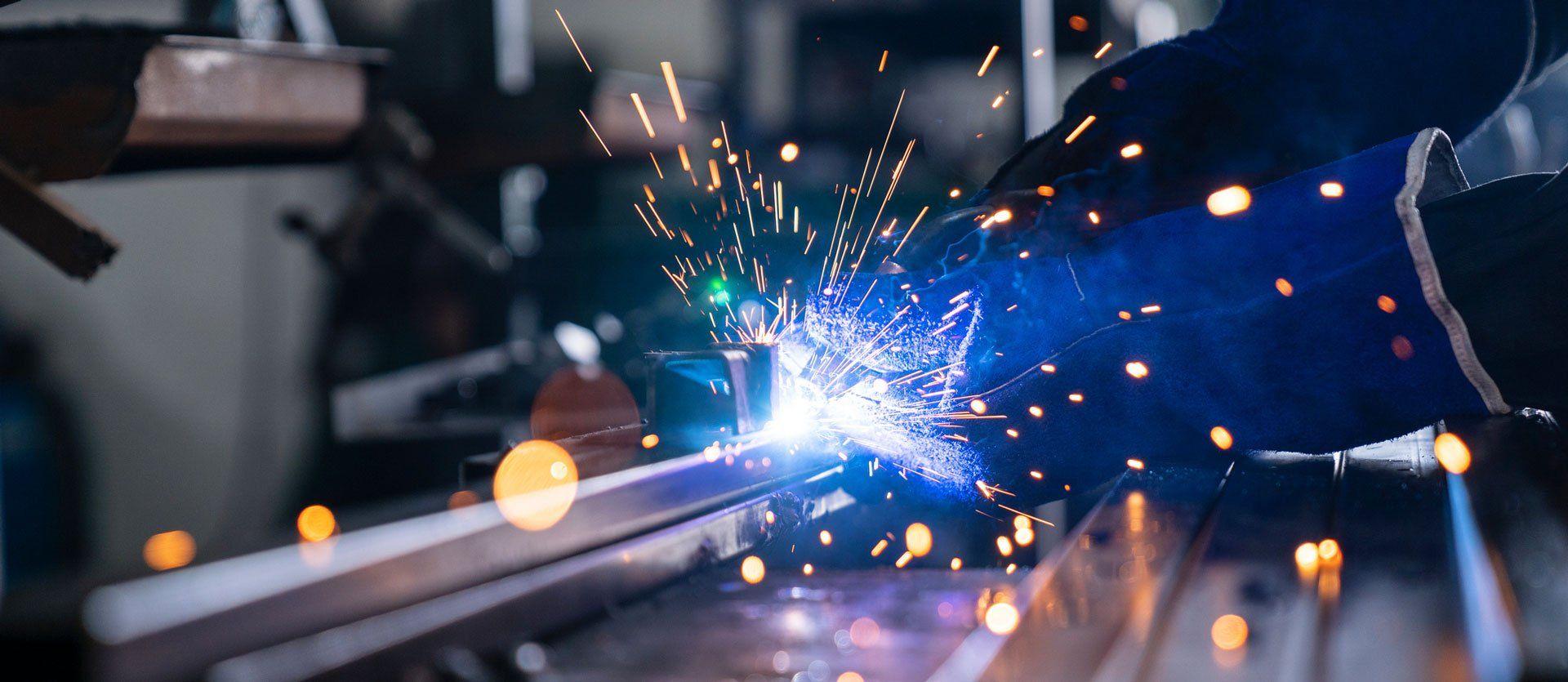2 Early Stages Of Steel Fabrication
Steel represents one of the fundamental building blocks of the modern world, without which the infrastructure of everyday life would be radically different. Yet the ubiquity of steel is countered by the fact that it often hides from sight beneath layers of paint, fiberglass, and siding. For this reason, many people fail to recognize the importance of this building material.
This ignorance applies even more so to the means by which you prepare raw steel for use in the construction industry. If you would like to learn more about what it takes to turn steel into something that can be used to construct a towering skyscraper, keep reading. This article will discuss the two earliest stages of steel fabrication.
Cleaning
Raw steel is just that- raw. What this means is that the surface of the steel remains covered by rough patches and imperfections such as burrs and substances known as mill scale. Such imperfections constitute a serious problem. For one thing, their often sharp and jagged edges present a danger to those handling the steel.
Moreover, they can lead to difficulties when it comes to processing the raw steel. Those imperfections will also cause problems if they make it through all the way to the use of the steel as a construction material. Mill scale poses an especially annoying threat, as it will prevent paint and other coatings from adhering to the surface of the steel.
You can overcome such obstacles by giving the surface of the steel a thorough cleaning. This is generally the first phase of steel fabrication. Here "cleaning" can be a somewhat misleading term, as it has nothing to do with soap and water. On the contrary, this cleaning is accomplished using particulate matter projected at high speed against the surface of the steel.
Commonly referred to as blast cleaning, this intense process accurately scours any unwanted imperfections from the steel. However, it doesn't leave behind a perfectly smooth surface. Instead, the sand or tiny metal bearings blasted at the steel act to give its exterior a very slight roughness. This makes the steel more capable of accepting paint and other coatings.
Cutting
With the raw steel properly cleaned, it may now be resized to suit a particular need, in the same way that a piece of raw lumber is sheared down into boards, 2x4s, and other building components. As you can imagine, however, cutting steel is a much more involved undertaking. As such, there are a variety of different ways in which you can accomplish cutting.
The technique known as flame cutting is more or less just what it sounds like: a super-hot jet of flame applied to the steel. The temperature of this flame is so high that it can melt away the steel in a very precise manner. This allows workers to sunder, trim, and otherwise alter the shape of steel up to 100 inches in thickness.
A closely related technique goes by the name of arc plasma cutting. Whereas flame cutting generates its incredible heat through the combustion of gases like oxygen and propane, arc plasma cutting generates its heat using electricity. This method has the advantage of creating a much more fine-honed cutting tool, meaning that plasma cutting is capable of making much more subtle alterations.
A third method differs drastically from both flame and arc plasma cutting. Known as cold sawing, this mechanical process eschews high heat entirely. Instead, incredibly tough and durable saws are used to cut the steel down to size manually. Such saws are not controlled by human workers, but rather by robotic systems that can be programmed to make highly specific cuts.
Professional Expertise
Metal fabrication is a skill that can only be perfected after countless years of practice and study. For more information about what sets an expert fabricator apart from the pack, feel free to contact the pros at Schorr Metals Inc.







